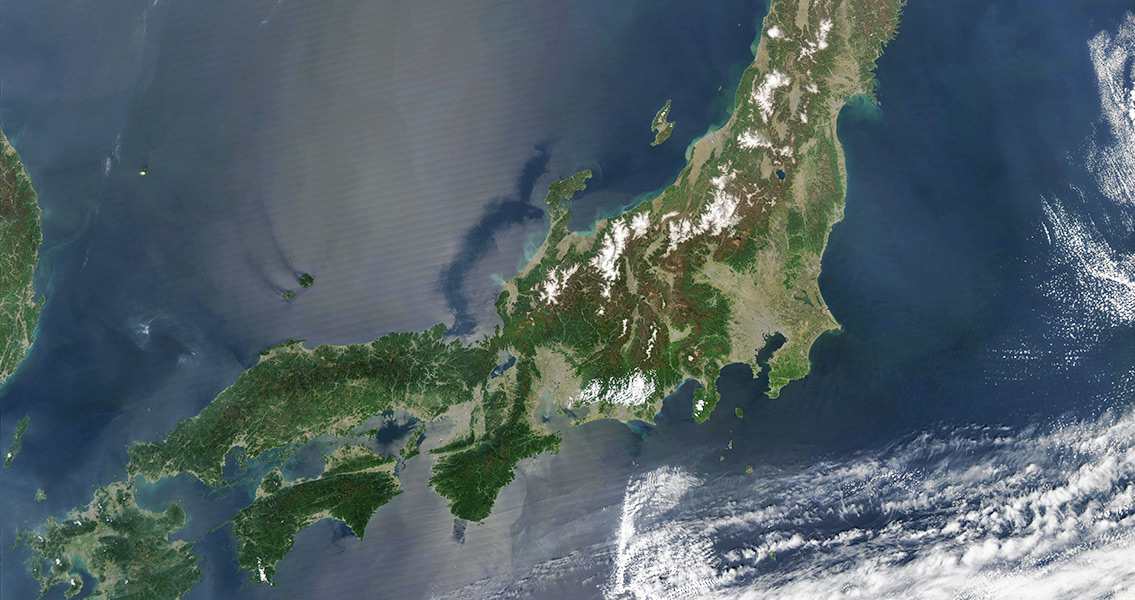<![CDATA[How did the modern Japanese people come to be? Was there a single migration event or a more gradual mixture and intermingling of different cultures? The current theory most commonly espoused is that two populations combined in a process which gave rise to the modern Japanese population. These two groups were the hunter-gatherer Jomon from the Japanese archipelago, and the agricultural Yayoi from continental East Asia who entered the northern part of Kyushu 2,000 to 3,000 years ago. Debate around the subject, however, still continues and the aforementioned theory is not universally accepted. Some researchers have suggested that the Jomon culture gradually transformed, becoming assimilated into the Yayoi culture without a single, large migratory movement into modern-day Japan. In order to resolve this debate and finally answer questions surrounding the development of modern Japanese, a research team has been examining genetic evidence. The team, including Shigeki Nakagome, Takehiro Sato and Hajime Ishida, has identified the genetic differences between modern-day Ainu people - direct decedents of the Jomon - and Chinese people from Beijing with the same ancestry as the Yayoi. The results of the team's genome-wide, single nucleotide polymorphism (SNP) study yielded interesting data (an SNP is a DNA sequence variation occurring commonly in a population). What was revealed provided strong evidence for the hybridisation model of Japanese population history. An initial split between the Ainu and Beijing groups was dated to roughly 20,000 years ago, thought to be when the Jomon began living in the Japanese archipelago. The Jomon became fully isolated in the Japanese archipelago around 12,000 years ago, when sea levels rose, submerging land bridges at the end of the last glacial maximum. Further, the team also found evidence of genetic mixing between 5,000 and 7,000 years ago, identified as a further sub-population structure of the Jomon people. This provides a much older estimate than previous research for when modern Japanese people first emerged. "This is a startling interpretation when compared to conventional anthropological and archaeological interpretations," the team wrote in their study, published in Molecular Biology and Evolution, "but it might be worth considering a possible time lag between the Yayoi migration and the Yayoi culture." The team's findings point to the Ainu sharing an ancestral population with the Chinese people in Beijing that dates to the late Pleistocene; it is at this point that archaeological evidence shows the Japanese archipelago began to be peopled. The team conclude that the ancestral people of the Ainu established the Jomon culture at the end of the Pleistocene. Around 5,000 to 6,000 years ago, the Yayoi migrated to Japan and began admixing with the Jomon people. "Admixture did occur between the Jomon and Yayoi people," the report states, "yet some of the Jomon people still kept their own lineages without being strongly affected by the gene flow from the Yayoi people." It remains unclear, however, precisely how the Ainu people developed and changed. What Nakagome et al. have done is provide an important first step in solving the conundrum of the evolutionary history of the Japanese people. In particular, future research will need to trace the origins and demographic histories of the Jomon and Yayoi peoples. How these two groups influenced the gene flow into the Ainu people remains unresolved. For more information: www.mbe.oxfordjournals.org Image courtesy of Wikimedia common user: Hautala]]>
Tracing the Origins of the Japanese People
